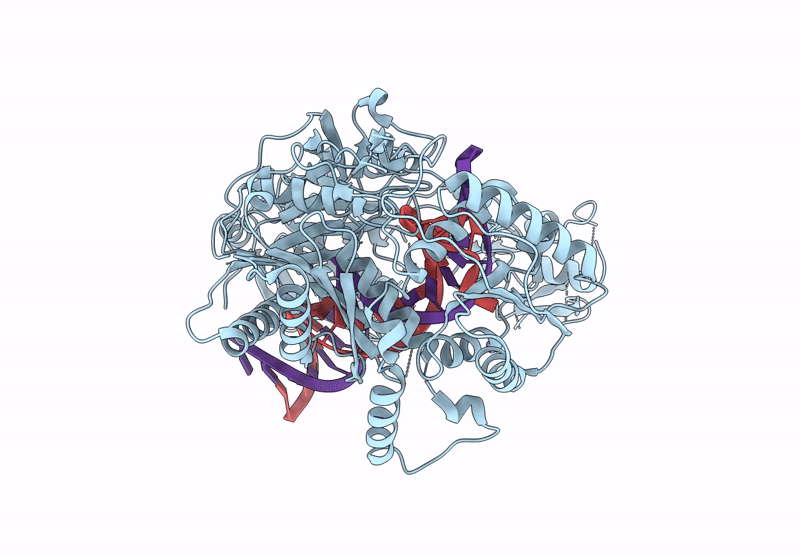
Deposition Date
2024-07-15
Release Date
2024-12-11
Last Version Date
2025-05-14
Entry Detail
PDB ID:
9CMP
Keywords:
Title:
Structure of human Argonaute2-guide-target complex in a fully paired, slicing-competent conformation
Biological Source:
Source Organism:
Homo sapiens (Taxon ID: 9606)
Host Organism:
Method Details:
Experimental Method:
Resolution:
3.30 Å
Aggregation State:
PARTICLE
Reconstruction Method:
SINGLE PARTICLE


